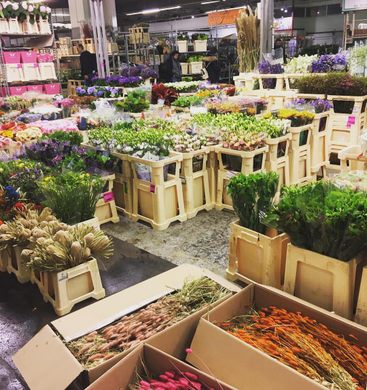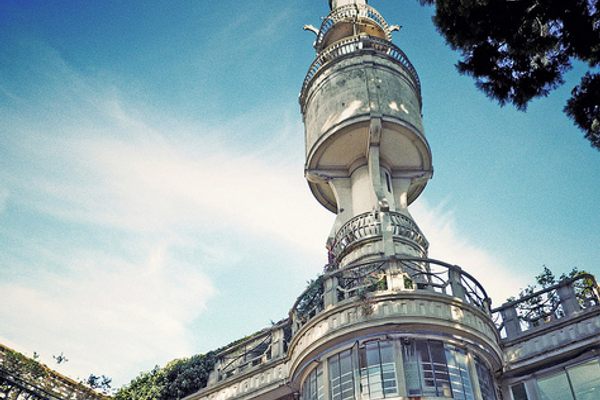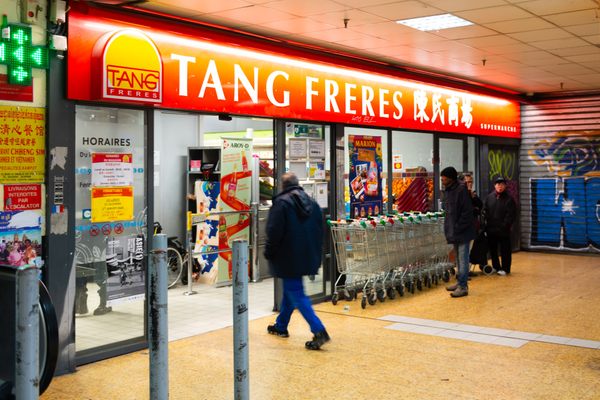AO Edited
Gastro Obscura
Rungis International Market
Walk through spectacular aisles of hanging meat and wagon wheel–sized cheese at the world's largest wholesale food market.
Five miles south of Paris, in a suburb called Rungis, lies the little-known epicenter of gastronomy from where the finest, most haute of French cuisine begins.
While the average visitor to Paris may never have heard of Rungis Market, it is a pilgrimage for culinary professionals. The market occupies around 578 acres; just the seafood section is the size of a soccer field. There are 19 restaurants, a bank, a post office, a hotel, gas stations, and the market’s own police force. There are cherries from Brazil, peaches from the south of France, fish from Sri Lanka.
Work begins around midnight, as the 13,000 workers at the market prepare to sell to clients, many of whom represent some of the most popular restaurants in Paris. Before your morning alarm rings, workers at Rungis will have consumed thousands of cups of coffee at the market’s Le Saint Hubert cafe (the more unabashedly French among them enjoy a pre-dawn glass of wine, at what would be the end of their work day). Many of the vendors are second- or third-generation, who’ve been around since the days of Les Halles, the iconic Parisian market that was the predecessor to Rungis. The buyers, likewise, have been coming for years, from all over Europe.
If the bloody bins of the tripe section are not to your taste, and the hanging carcasses of veal, beef, and other animals don’t look as appetizing at 5:00 a.m. as they might at lunch (or, if the seafood section is all sold out by the time you arrive), just move on to the perfumed splendor of the florists and winemongers.
The Pavillon des Fromages features more than 400 varieties of cheese. In the produce hall, rows upon rows of delectable fruit and vegetables lie arranged artfully to bring out maximum visual appeal. Should you come to a section with stacks of white cartons, prepare for a gamey surprise. Freshly slaughtered turkeys, pigeons, grouse, and wild rabbits, all lie tucked within white boxes, ready to be shipped or sold on sight. In case you have a hankering to buy a ceiling-high tower of lettuce before daybreak, know that you need a buyer’s card to purchase anything.
A version of the market has existed since the 5th century. In 1135, Louis VI moved it from the banks of the Seine to Paris’s city center, where it became the famed Paris marché Les Halles. It remained in Les Halles until 1969, when it moved to its current location in Rungis. A French government–backed company manages the mammoth marketplace, and there has been a push to diversify into online sales. This historic market sells everything a chef or a gastronome might ever need, while offering the best education about where our food comes from and how best to eat it.
Know Before You Go
You'll need to book a tour to visit the market. If a night of drinking by the Seine doesn’t do you in, consider signing up for one that starts at 4:30 am. Bring a sweater, as most of the market is set to freezer temperatures.

















Follow us on Twitter to get the latest on the world's hidden wonders.
Like us on Facebook to get the latest on the world's hidden wonders.
Follow us on Twitter Like us on Facebook